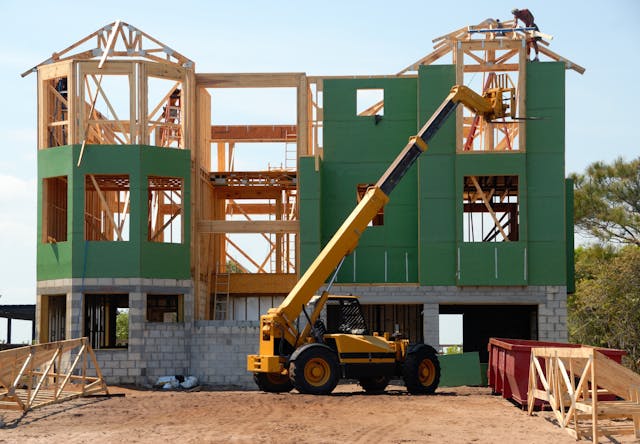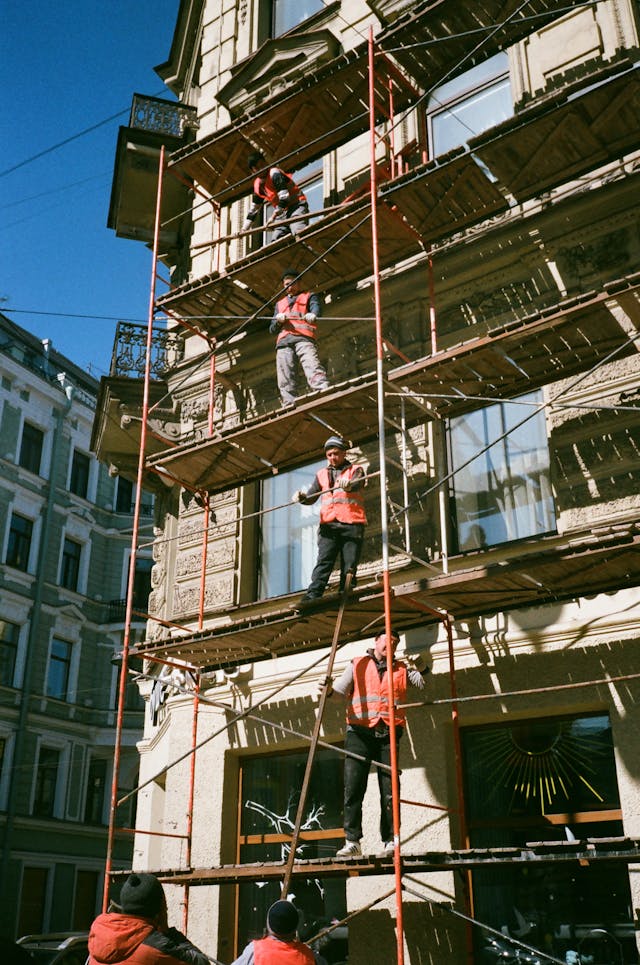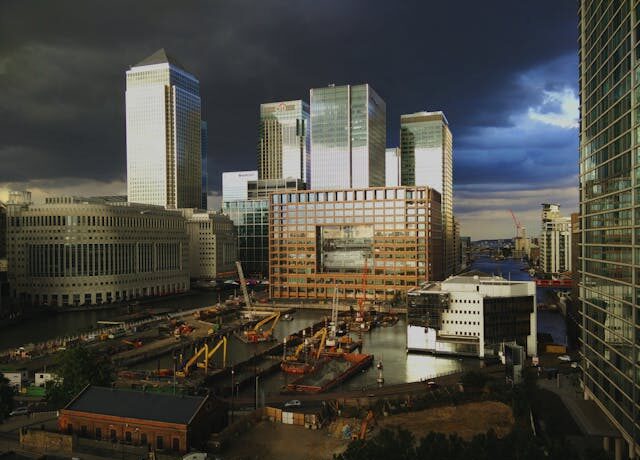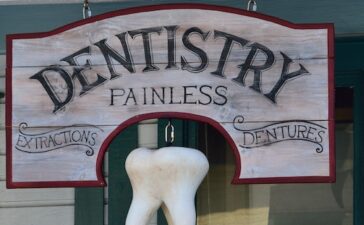Flooring in commercial construction defines strength, durability, and appeal of a space; the different scope being warehouses, retail outlets, office buildings, and restaurants. Making the flooring suitable for high traffic is one type of heavy loads, something is felt over a period of time all-and-all. Amongst all the materials available fine for flooring, concrete stands best and safest option for a commercial project. The concrete floor is best considered for the strength, durability, and versatility-it represents the perfect balance of function and design.Across Australia, architects, builders, and entrepreneurs increasingly cast concrete for new construction and renovation works. Given its endurance against all extremes and harsh applications, the concrete environment can be diverse for commercial purposes. Consider either a busy shopping mall or a contemporary office lobby, for concrete floorings offer utmost performance and majestic beauty. Choosing professional concrete services Baulkham Hills and likewise across the country ensures that a property owner feels proud about an enduring finish, both in terms of durability and beauty.
Exceptional Load-Bearing Strength
In many cases what puts concrete at the forefront for commercial flooring is its great load bearing capacity. In commercial settings we see heavy machinery, large inventory storage, or high foot traffic which in turn puts great demand on the floor which other types of flooring may not survive. But not so concrete which is designed to handle such issues with ease. Also due to its high compressive strength which is a given in the material, concrete is able to bear great weight without cracking or changing shape.In industrial settings like warehouses and factories this feature of concrete’s makes sure that forklifts, equipment, and storage systems run safely. In retail which sees high customer traffic and display units as a norm concrete proves to be very structurally sound over time. Unlike softer materials like vinyl or wood which do not fair well in pressure, concrete does buck or warp. It also may last up to 40 years, which gives the business an at large floor solution that stands the test of time with right put in place and curing.

Low Maintenance and Cost Efficiency
Concrete also has a reputation for low maintenance. Other materials which require frequent polishes, waxing or replacement are not as easy to care for as concrete which may be put into service and periodically cleaned and sealed up. Also this is very appealing to commercial property owners which in turn reduces maintenance costs and downtime.A very well sealed concrete floor will put up with stains, moisture, and abrasion which in commercial settings are very common issues. In restaurants and in supermarkets which see high traffic and lots of spillage this durability is what which allows floors to stay functional and attractive. Also it is easy to keep them clean and which also by that same token is very hygienic. Over time with such simple maintenance practices people can enjoy large scale savings in that they are not looking at expensive renovations or constant touch ups.
Design Flexibility and Aesthetic Appeal
Concrete has for a long time been used for its functionality, but modern advances have turned it into a design element also. Today’s concrete floors go beyond plain gray slabs; they may be polished, stained, stamped, or colored to fit any design theme. This flexibility which businesses and designers have at present allows them to create spaces that personify brand identity and which in turn improve customer experience.Polished concrete for example puts out a smooth reflective surface which does well in modern office spaces and showrooms. Stained concrete may replicate natural stone which in turn brings warmth and sophistication to restaurants and hotels. There are also the use of decorative techniques like scoring or stenciling which puts in intricate designs for retail stores or galleries. Also people are able to customise color, texture and sheen which in large part is what makes concrete a very flexible material that does well in both contemporary and traditional settings.

Durability and Environmental Sustainability
Sustainability is a growing issue in commercial construction at present which is what concrete does very well. It is made from natural and local materials like limestone, clay and water which in turn gives it a much better environmental profile than many man made floor options. Also concrete’s durability which is a great asset in this field reduces the need for frequent repair and replacement which in turn reduces waste.Concrete also has a role in energy efficiency. It’s thermal mass which allows concrete to take in and store heat during the day and release it slow at night thus regulating indoor temperature. This natural energy which concrete provides also plays a role in reducing heating and cooling costs which in turn makes it a great choice for environmental business. Also concrete works with radiant floor heating systems which in turn improves comfort and efficiency in commercial settings.
Safety and Longevity in Commercial Use
Another key aspect of concrete flooring is that it is a safe and very reliable choice for work places. Also it has non slip finish options which do well in environments that require good traction like in hospitals, schools and industrial settings. The surfacecan can be treated to include extra grip which in turn reduces the risk of slips and falls even when the floor is wet.Also, concrete does not support dust or mold which in turn improves indoor air quality. In commercial and public settings which have high standards for cleanliness and hygiene this is very important. Also it is a dense sealed surface which doesn’t absorb moisture and doesn’t foster bacterial growth thus easy to keep sanitary.





